Description
DAY 1 – Comprehensive Pain Management with Tung’s Acupuncture and Herbal Medicine Part I
In Part I of this course, Dr. McCann shares the best Master Tung acupuncture points for pain conditions and injury management that yield immediate results for the upper body.
What You Will Learn
- Detailed descriptions of Master Tung’s point locations, functions, indications along with effective Chinese herbal medicine prescriptions used for pain relief.
- Core Fundamental theories of Tung Acupuncture which include including holographic correspondence, channel correspondence, and tissue correspondence
- Chinese herbal medicine for the treatment of pain and injury
- Treatment of pain and injury based on Three Stage Theory
- Treatment of pain and injury based on disease location – head and upper extremities
Webinar Outline
Introduction – Background
-
- Overview of Pain
- Master Tung Acupuncture Style Characteristics
- Introduction to numbered ‘zones’ of point distribution
Master Tung Acupuncture Core Theory
-
- Assessment of Zone Characteristics: Areas of effect. e.g. Leg and Thighs region is noted to best treat which area and what type of conditions better
- Master Tung Acupuncture principles: classical acupuncture roots with classical text references- exploration of the classical theory of why Tung Acupuncture is so effective
- Guiding principles- summary about environmental, tissue, microsystem and channel correspondences
- Diagnosis and Treatment theory: Holographic correspondence, Channel Correspondence and Tissue Correspondence. Learn to diagnose and choose the most effective treatment points according to these correspondences.
- Large Taiji and Small Taiji Hologram explanations (Upper Extremities: Arms, Legs, Head, Genitals, Thumb, Long Bones, Navel)
- Channel Correspondences- How to channel pair for treatment: Learn how to select the most appropriate channels for treatment according to channel pairings
- The theory on Tissue correspondences and what tissues to select for treatment: Superficial to Deep needling techniques of tissues- epidermis/skin, vessels, flesh, sinews, bone
- Criteria for identifying Acupuncture Points: What to look for to identify an acupuncture point
- Needling Rules and Methods: Outline on when you should needle distal, contralateral or ipsilateral.
- Discussion on Dao Ma and Dao Yin Needling Techniques
Treatment of Pain and Injury: Master Tung Acupuncture and Herbs
-
- Discussion on Pain according to Chinese Medicine: The Huang Di Nei Jing- Su Wen on Pain
- Pain according to other conditions: co-morbidities and relation to emotions
- Three stages of Pain and Injury: Early, Middle and Late
- Detailed analysis of how to treat the three stages of Pain and Injury with Herbs
- Herbal formula prescriptions, modifications and construction (gram dosages of individual herbs) for treatment of the three stages of pain and injury.
- Tung Acupuncture Strategies including “zone” selections for stages of injury
Putting It All Together – In depth discussion and analysis according to:
- Select Conditions (Upper Body conditions listed below)
- Master Tung Point Selection for Upper Body Conditions
- Point Location (With images and Demonstration)
- Point Functions
- Point Indications
- The importance of Point Precision and how to
- Needle Depth
- Methodology and Explanation
- Chinese Herbal Formula Prescriptions: Bells Palsy, TMJ, Toothache, Headaches, Acute Head Injuries, Sinus Pain, Neck Pain and Injury, Cervical Bone Spurs, Shoulder Pain, Finger, Arm and Hand Pain
Conditions within notes
(Please note that most but NOT ALL of the conditions are discussed by Henry)
-
- Trigeminal Neuralgia
- Bell’s Palsy
- TMJ
- Lip Pain, Mouth Pain/Stomatitis, Tongue Pain
- Toothache
- Headaches: Frontal, Lateral, Occipital, Vertex, Head Cold,
- Acute Head Injury: Nasal Bone Pain, Supraorbital Arch Pain
- Sinus Pain
- Eye Pain
- Neck Pain and Injury
- Cervical Bone Spurs
- Shoulder Pain: Radiating to Arm, Frozen Shoulder
- Upper Arm Pain and Injury (Outer and Inner)
- Forearm Pain and Injury (Outer and Inner)
- Wrist Pain and Injury: Carpal Tunnel
- Lateral and Medial Epicondylitis, Olecrenon Pain/Bursitis, Elbow Joint Pain
- Finger Pain and Injury: Thumb, Index, Middle, Ring and Small Finger
- Finger Parasthesia/Peripheral Neuropathy
Case Studies
– Select case studies discussed and analysed
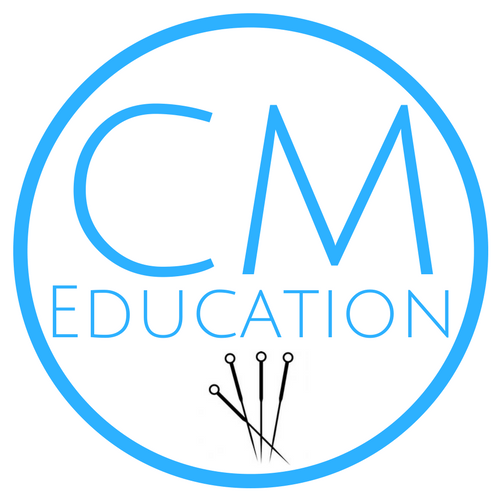
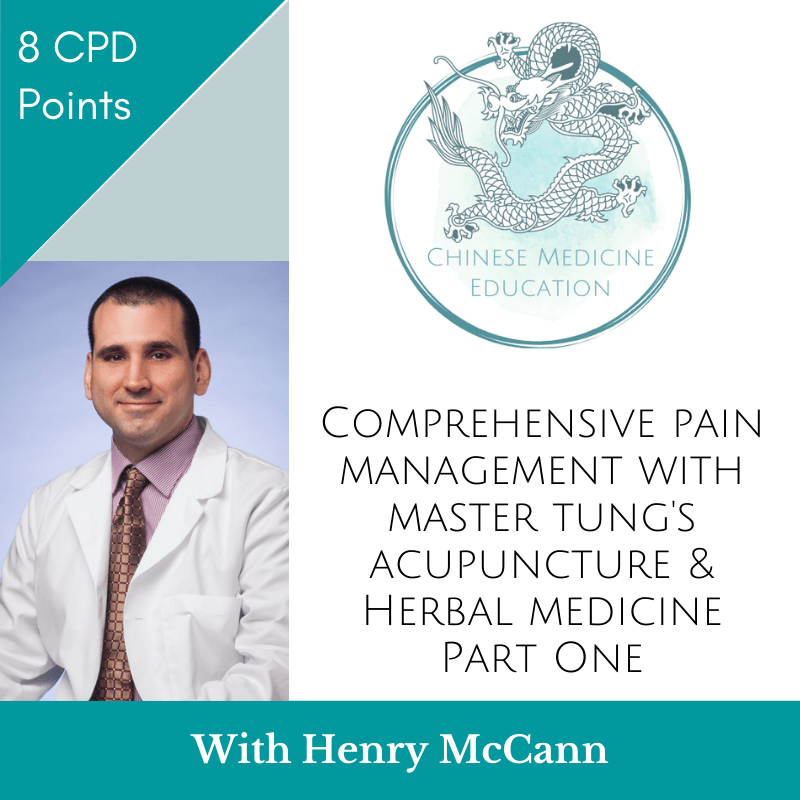
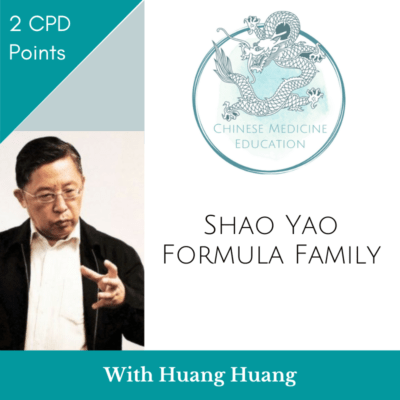
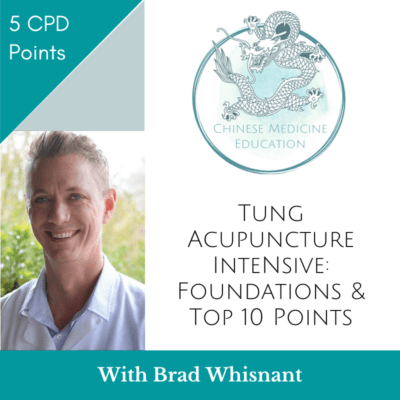
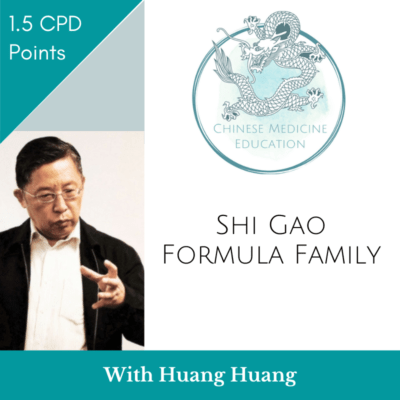
Reviews
There are no reviews yet.